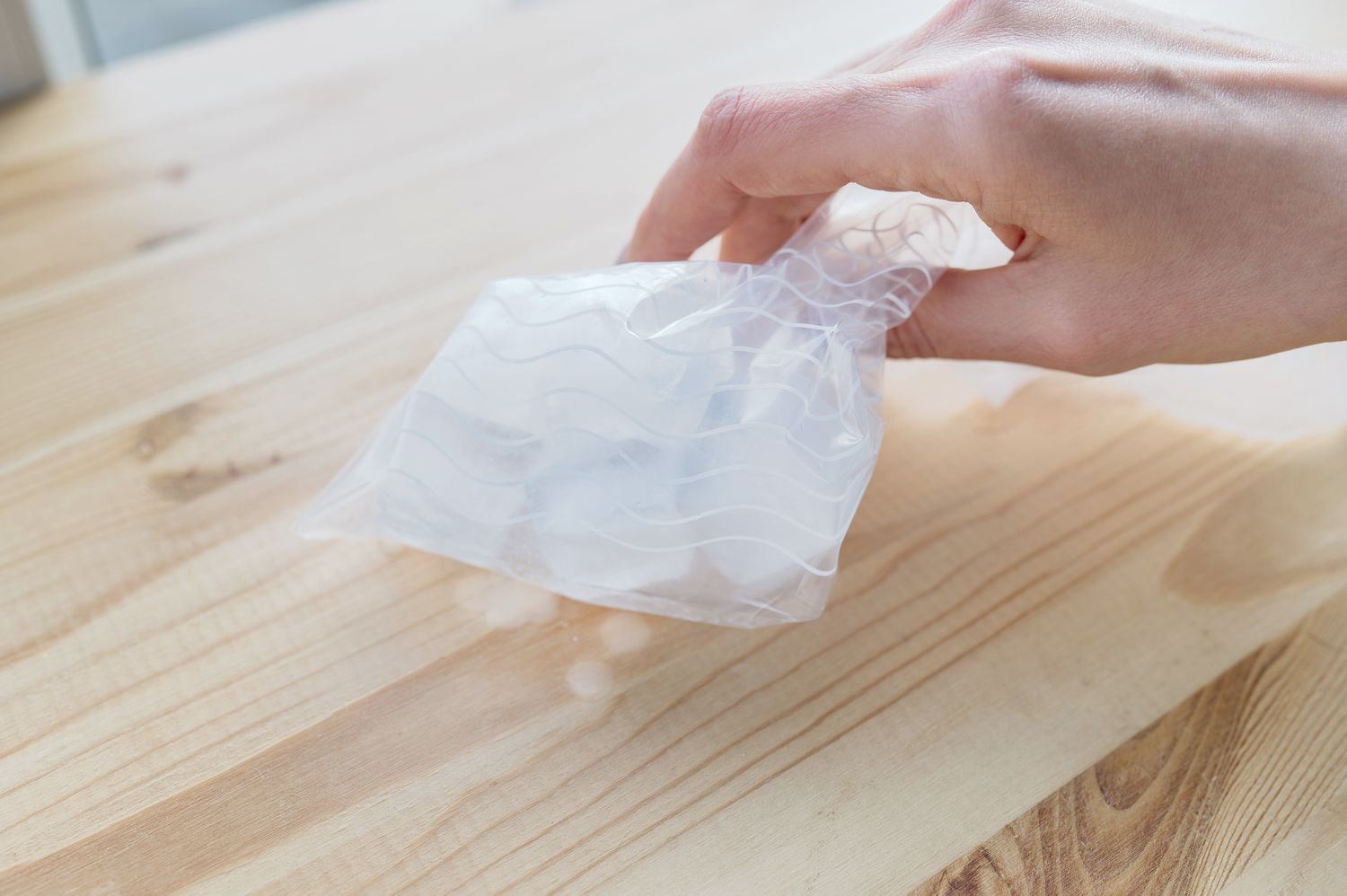

Furniture
How To Get Wax Off A Dresser
Modified: February 27, 2024
Learn how to easily remove wax from your dresser without damaging the furniture. Follow these simple steps to get rid of wax stains and restore the beauty of your dresser.
(Many of the links in this article redirect to a specific reviewed product. Your purchase of these products through affiliate links helps to generate commission for Storables.com, at no extra cost. Learn more)
Introduction
Have you ever accidentally spilled wax on your dresser and found yourself frantically searching for a solution to remove it? Well, fret no more! In this guide, we will walk you through a step-by-step process on how to get wax off a dresser and restore its pristine condition.
Wax spills can occur during candle-lit dinners, while waxing furniture, or even when wax melts from a nearby source. Regardless of how it happened, it’s important to act quickly to prevent the wax from seeping into the wood and leaving unsightly stains or damage.
To remove wax from your dresser effectively, you will need a few supplies and follow a systematic approach. With some time and effort, you can safely and easily restore your dresser to its former glory. So let’s gather the necessary supplies and get started!
Key Takeaways:
- Easily remove wax from your dresser by scraping off excess wax, applying heat, blotting, using a solvent, and finishing with a thorough cleaning and polishing process. Act quickly to prevent stains and damage.
- Gather supplies such as a scraper, hot water, solvent, and furniture polish to effectively remove wax spills from your dresser. Follow the step-by-step guide to restore your dresser’s pristine condition and maintain its natural beauty.
Read more: How To Get Wax Off Of Brick
Supplies Needed
Before we begin the process of removing wax from your dresser, let’s make sure you have all the necessary supplies on hand. Here’s what you’ll need:
- Scraper: A plastic or wooden scraper will come in handy for gently scraping off excess wax from the surface of the dresser.
- Hot Water or Hair Dryer: Heat will help soften the wax, making it easier to remove. You can either use hot water or a hairdryer for this step.
- White Cloth or Paper Towels: These will be used for blotting and absorbing the melted wax.
- Solvent: You’ll need a solvent to remove any residue left behind after the wax has been lifted. Options include rubbing alcohol, mineral spirits, or specialized furniture wax remover.
- Clean Cloth: This will be used to apply the solvent and clean the surface of the dresser.
- Furniture Polish: Once the wax and residue have been removed, you’ll want to polish the dresser to bring back its shine and protect the wood.
- Protective Gloves: It’s always a good idea to wear gloves to protect your hands while working with solvents.
With these supplies ready, you’ll be well-prepared to tackle the task of removing wax from your dresser and restoring its original beauty.
Step 1: Scrape off Excess Wax
The first step in removing wax from your dresser is to gently scrape off any excess wax from the surface. Here’s how to do it:
- Grab your plastic or wooden scraper and hold it at a slight angle.
- Carefully scrape the surface of the wax, being cautious not to scratch the wood underneath.
- Continue scraping until you’ve removed as much of the excess wax as possible.
If the wax has hardened and is difficult to scrape off, you can use a hairdryer to soften it. Hold the hairdryer a few inches away from the wax and apply heat until the wax becomes pliable. Then, proceed with scraping off the softened wax.
Remember to work gently and patiently, ensuring that you don’t cause any damage to the dresser’s surface.
Once you’ve successfully scraped off the excess wax, it’s time to move on to the next step to further remove the remaining residue.
Step 2: Apply Heat
Now that you have removed the excess wax, it’s time to apply heat to further lift the remaining wax from the surface of your dresser. Follow these steps:
- If you haven’t already, plug in your hairdryer and set it to a medium heat setting. Alternatively, you can heat up a bowl of water.
- Hold the hairdryer a few inches away from the wax or pour the hot water onto a clean cloth, wringing out any excess.
- Direct the heat or place the cloth onto the wax, focusing on one small area at a time.
- Allow the heat to soften the wax, making it easier to remove.
Keep in mind that excessive heat can cause damage to certain types of wood finishes, so it’s important to use moderate heat and be mindful of the duration of exposure.
If you decide to use hot water, ensure that the cloth is damp and not dripping wet to avoid saturating the wood. Excess moisture can lead to warping or staining.
Continue applying heat and moving onto the next section until the wax is soft and pliable.
Once the wax has become softened, it’s time to move on to the next step and remove it using a blotting technique.
Use a hairdryer to warm the wax, then gently scrape it off with a credit card. Wipe the area with a cloth and a small amount of rubbing alcohol to remove any residue.
Step 3: Blot the Wax
After applying heat to soften the wax, it’s time to start blotting away the melted wax from your dresser’s surface. Follow these steps:
- Take a clean white cloth or paper towels and gently press it onto the softened wax.
- Apply light pressure and blot the area to absorb as much of the melted wax as possible.
- As the cloth or paper towel becomes saturated, switch to a fresh one to prevent spreading the wax back onto the dresser.
- Continue blotting until you’ve removed the majority of the wax.
Remember to pat and blot the wax rather than scrubbing it, as this can push the wax deeper into the crevices and make the removal process more challenging.
If there is still some wax residue remaining, repeat the process of applying heat and blotting until you’ve successfully eliminated as much wax as possible.
Now that you’ve removed the melted wax, it’s time to address any remaining residue by using a solvent.
Read more: How To Get Candle Wax Off Countertops
Step 4: Remove Residue with Solvent
Now that you have successfully removed the majority of the wax, it’s time to tackle any residue that may be left behind on your dresser’s surface. This can be accomplished by using a solvent. Follow these steps:
- Put on a pair of protective gloves to ensure your hands are shielded from the solvent.
- Choose a suitable solvent for removing wax residue. Options include rubbing alcohol, mineral spirits, or a specialized furniture wax remover. Check the label instructions for specific usage guidelines.
- Take a clean cloth and dampen it with the chosen solvent.
- Gently rub the cloth over the areas where residue remains, applying light pressure.
- Continue to wipe the surface until the residue is lifted and removed.
- If necessary, use a fresh cloth and apply more solvent for stubborn residue.
Be cautious not to oversaturate the cloth with the solvent, as this can damage the wood finish. Use moderate amounts and work in small sections, ensuring you don’t leave the solvent on the surface for an extended period.
Once the residue has been successfully removed, it’s time for the final step: cleaning and polishing your dresser.
Step 5: Clean and Polish the Dresser
Now that you’ve removed the wax and residue from your dresser, it’s important to give it a thorough cleaning and apply a polish to restore its natural beauty. Follow these steps:
- Prepare a mixture of mild dish soap and warm water in a bucket or basin.
- Dampen a clean cloth in the soapy water solution and wring out any excess moisture.
- Gently wipe down the entire surface of the dresser, paying attention to any remaining residue or dirt.
- Rinse the cloth in clean water and wring it out.
- Wipe down the dresser again, this time to remove any soap residue.
- Once the surface is clean and soap-free, allow it to air dry completely.
- Apply a furniture polish or wax to protect the wood and give it a beautiful shine. Follow the instructions on the product for application.
- Using a clean cloth, apply the polish in a circular motion, covering the entire surface of the dresser.
- Allow the polish to sit for the recommended time, usually a few minutes.
- Take a clean, dry cloth and buff the surface of the dresser, removing any excess polish and achieving a high sheen.
Remember to test the furniture polish on a small, inconspicuous area of the dresser before applying it to the entire surface to ensure it doesn’t cause any adverse reactions.
By following these steps, you can not only remove wax from your dresser but also give it a fresh and polished appearance.
Conclusion
Congratulations! You have successfully learned how to remove wax from a dresser and restore its pristine condition. By following the step-by-step guide provided in this article, you can eliminate wax spills and residue effectively, ensuring your dresser remains beautiful and well-maintained.
Remember to act quickly when you encounter a wax spill, as it can penetrate the wood and cause stains or damage if left unaddressed. Scrape off excess wax first, then apply heat to soften the remaining wax for easy removal. Blot the melted wax with a clean cloth and use a solvent to remove any stubborn residue. Finally, clean and polish the dresser to bring back its natural shine.
When handling solvents, always remember to wear protective gloves and follow the instructions on the label. Additionally, use gentle and careful techniques, ensuring that you do not damage the dresser’s surface or finish.
Maintaining furniture, like a dresser, is essential to preserve its longevity and aesthetics. Regular cleaning and periodic polishing will extend the life of your dresser and keep it looking its best.
Now that you are equipped with the knowledge and techniques to handle wax spills on your dresser, you can confidently enjoy the beauty of your furniture without worrying about any accidental mishaps.
Thank you for reading, and we hope this guide has been helpful in your quest to remove wax from your dresser!
Frequently Asked Questions about How To Get Wax Off A Dresser
Was this page helpful?
At Storables.com, we guarantee accurate and reliable information. Our content, validated by Expert Board Contributors, is crafted following stringent Editorial Policies. We're committed to providing you with well-researched, expert-backed insights for all your informational needs.
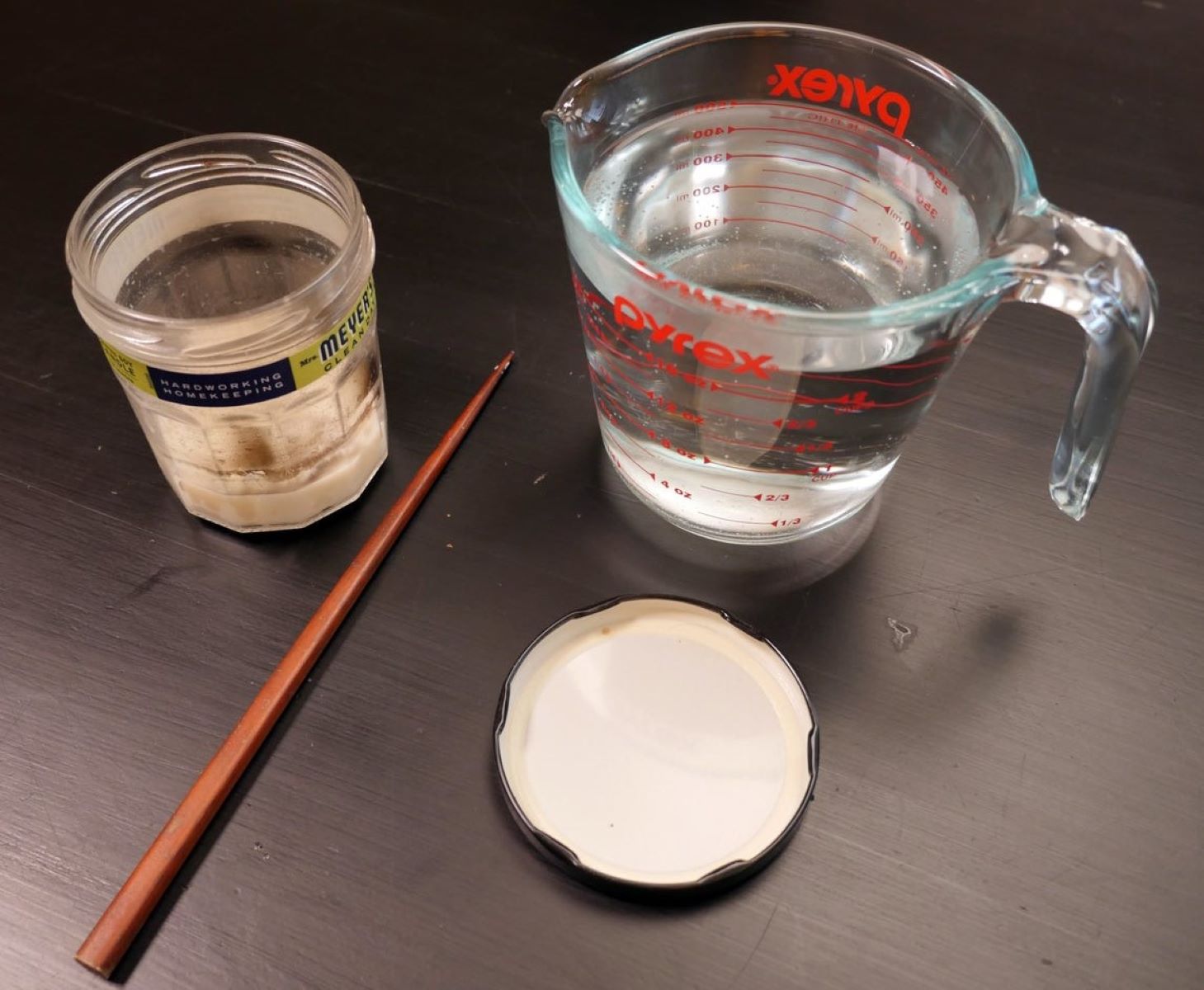
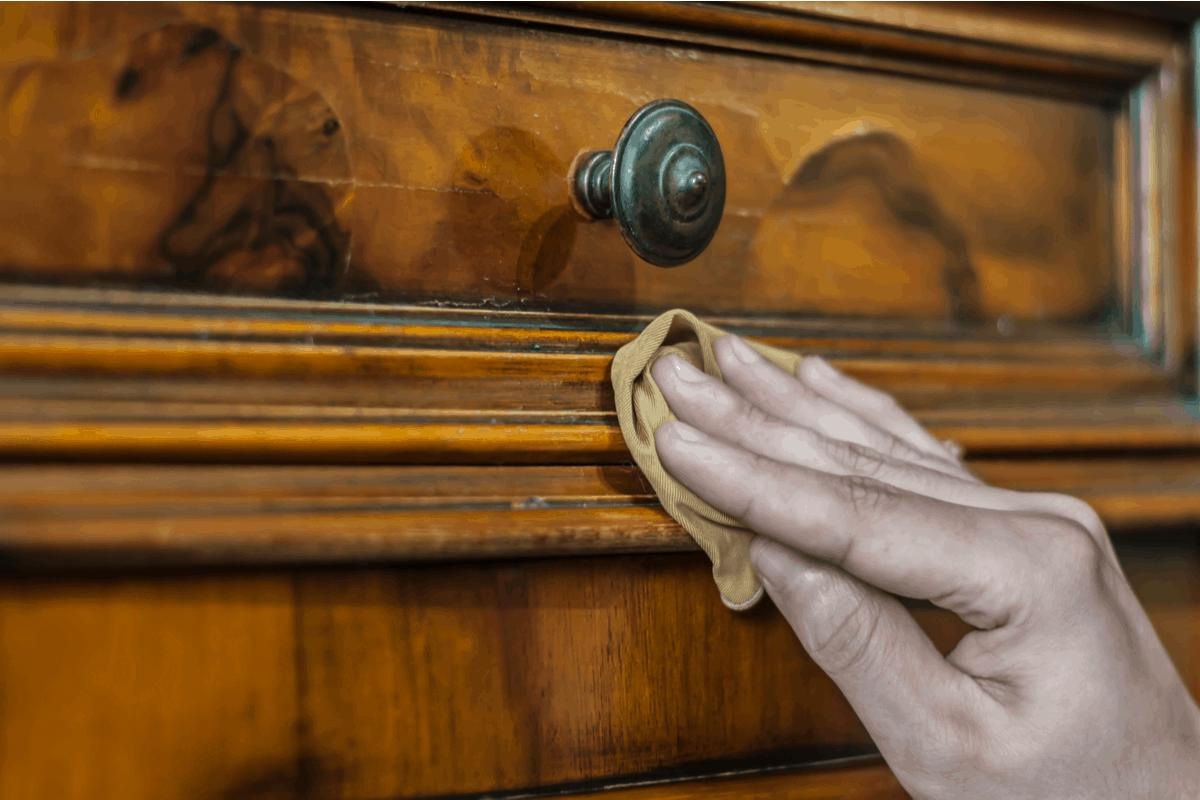
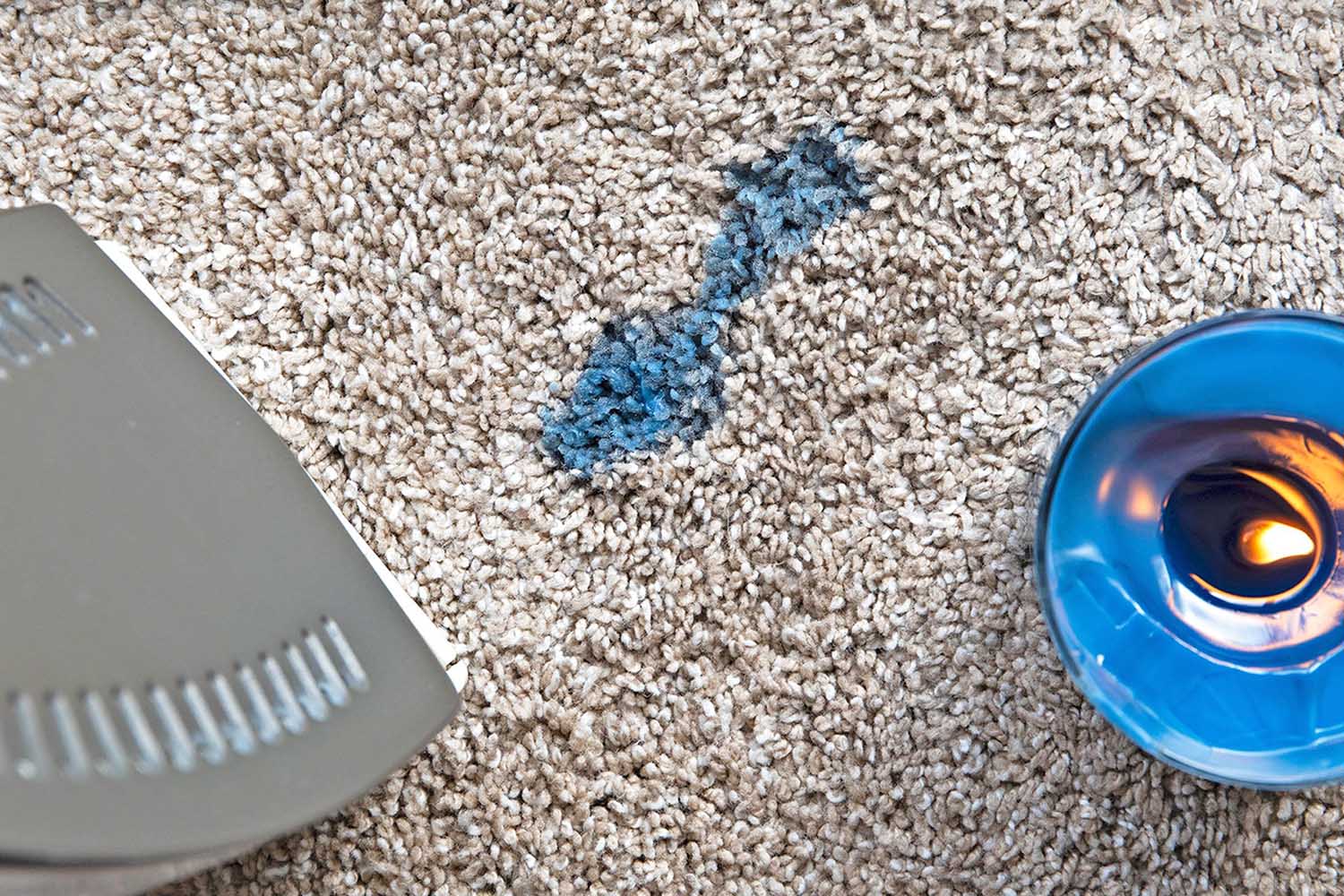
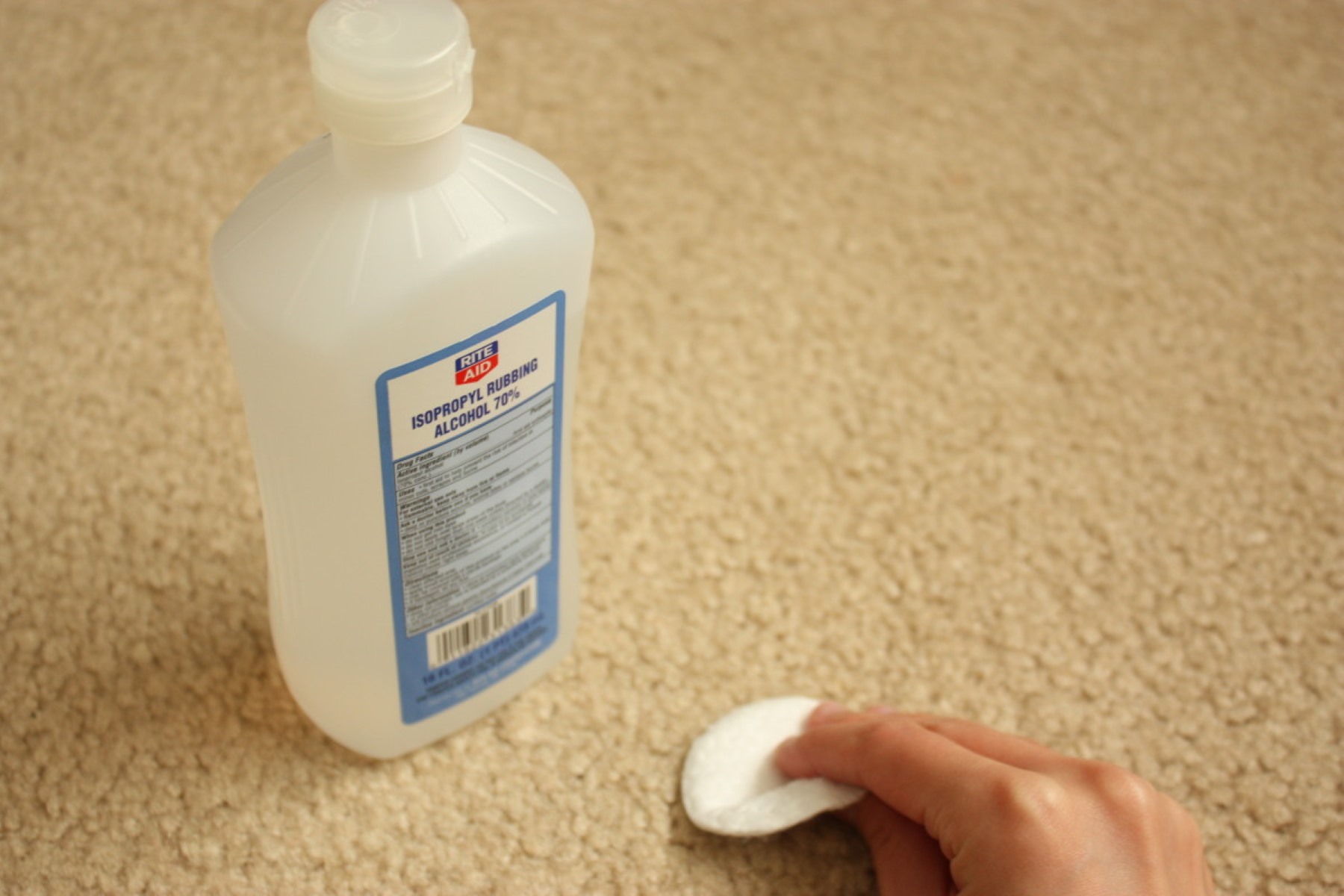
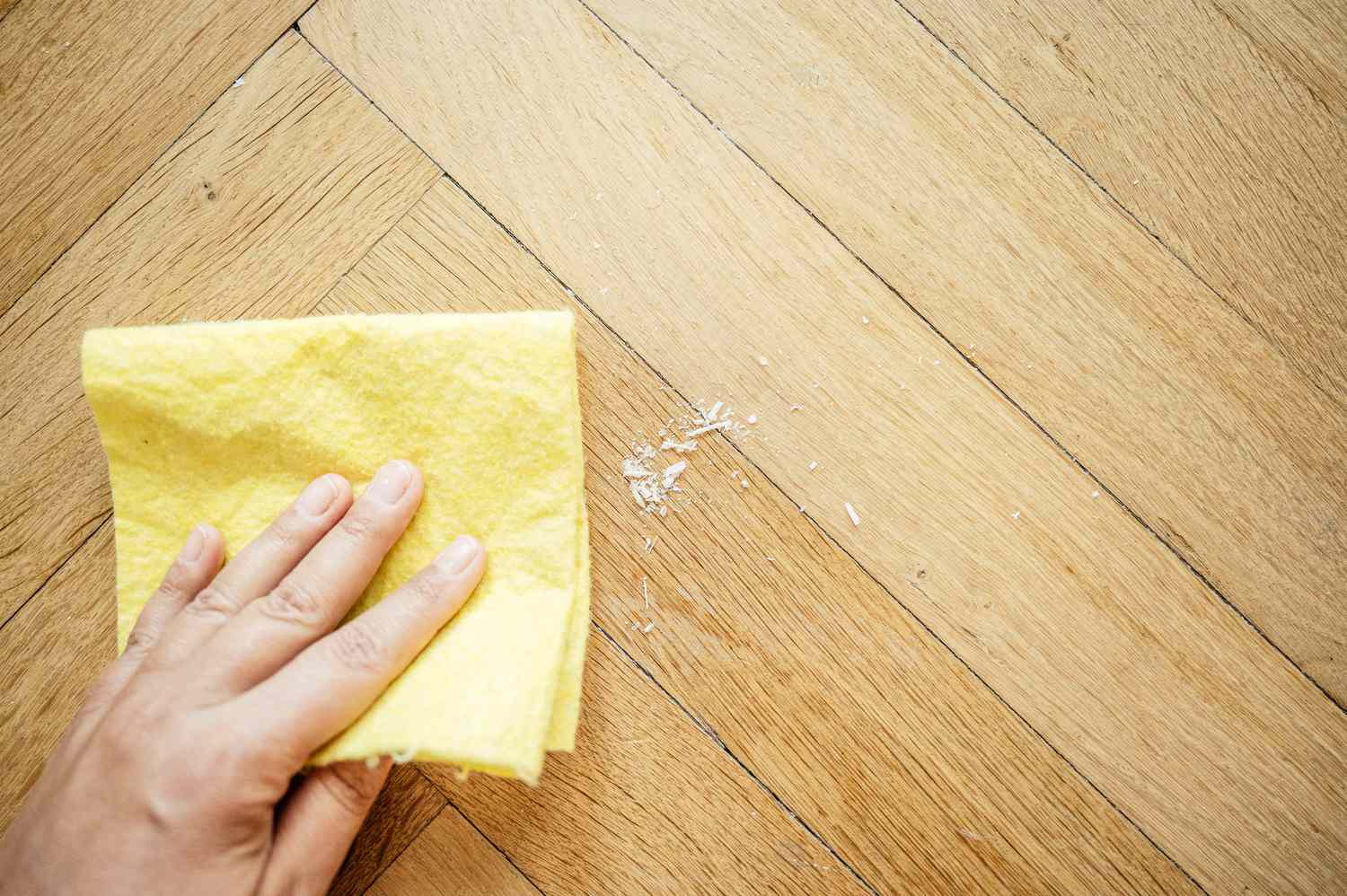
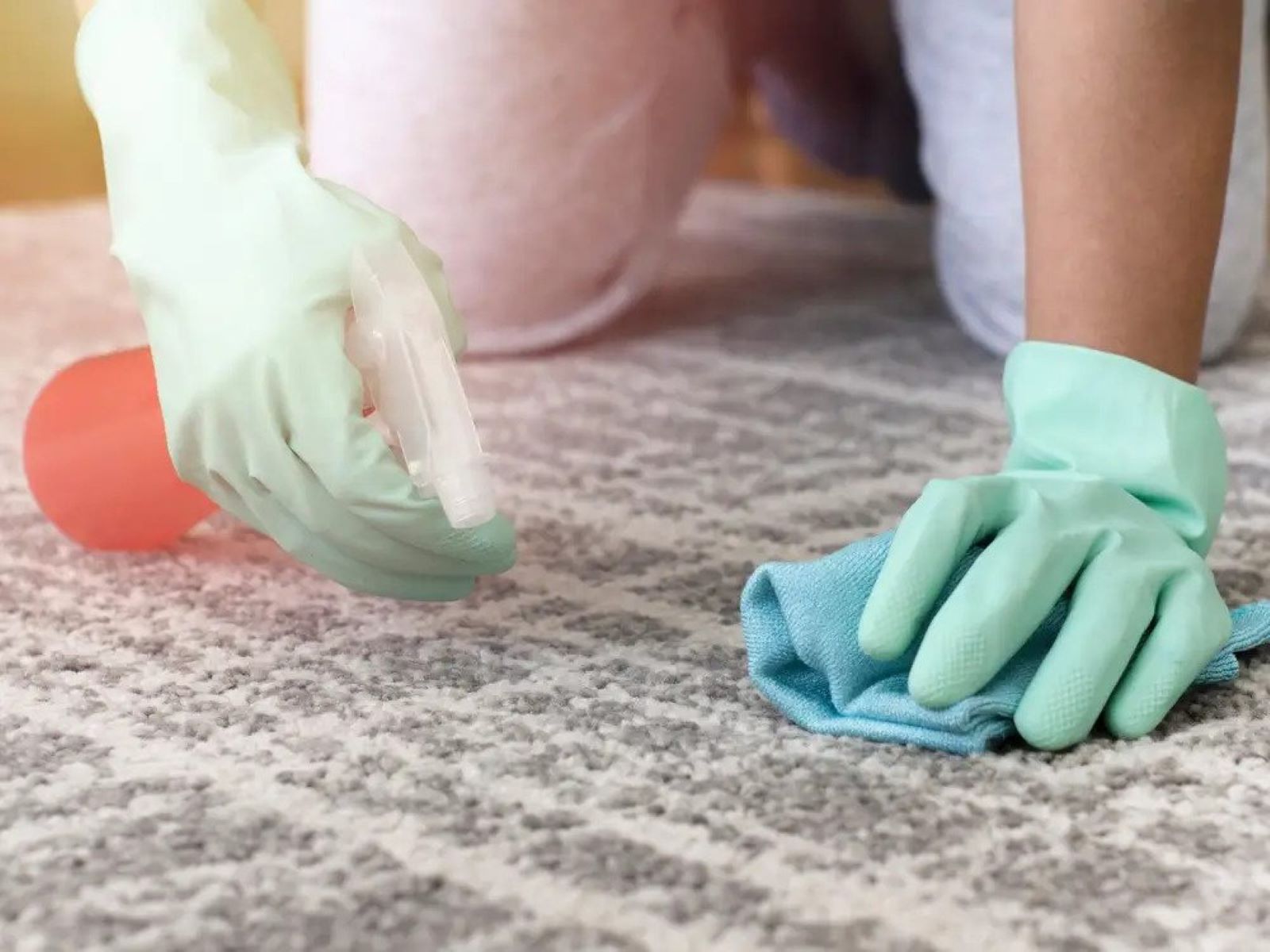

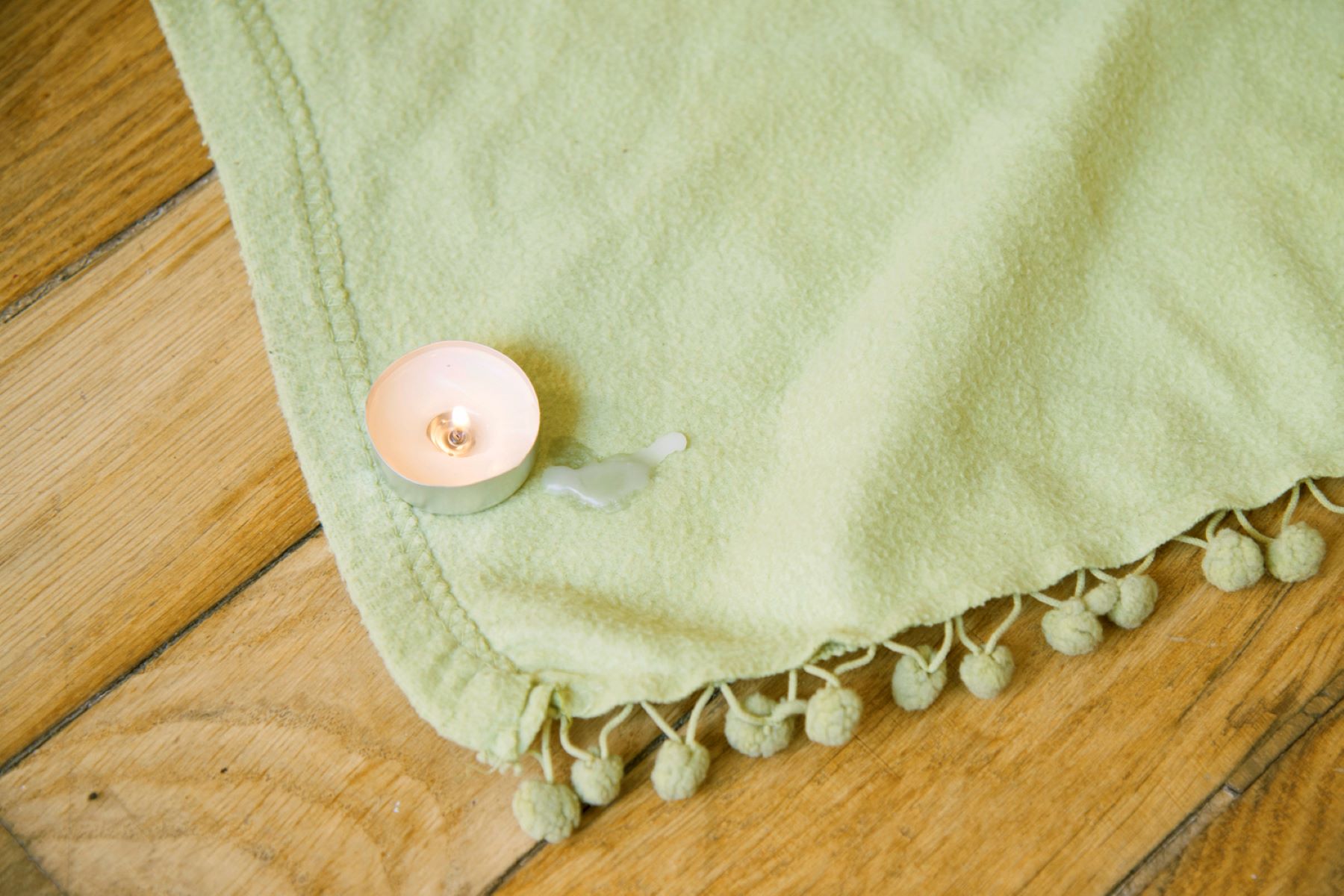
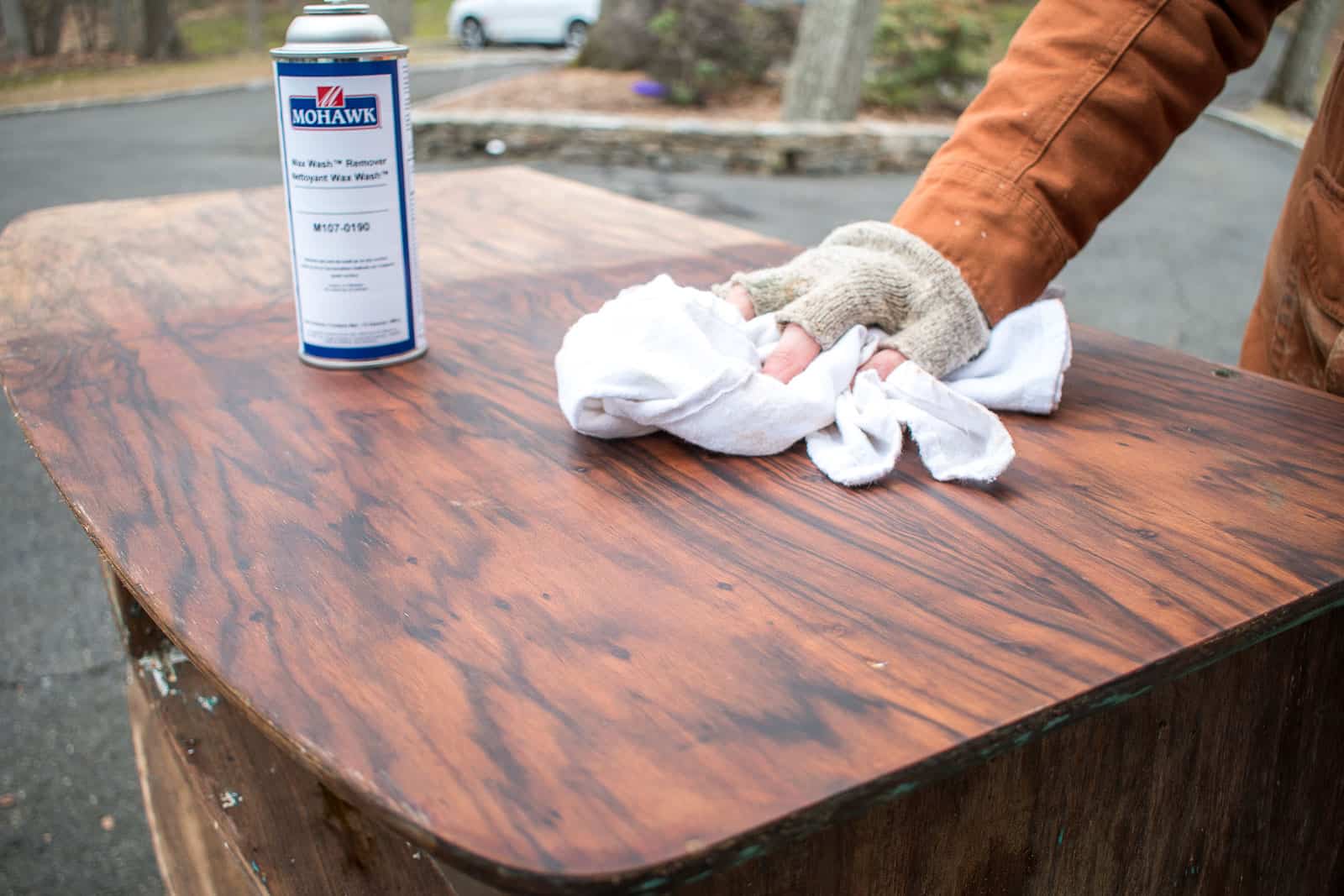
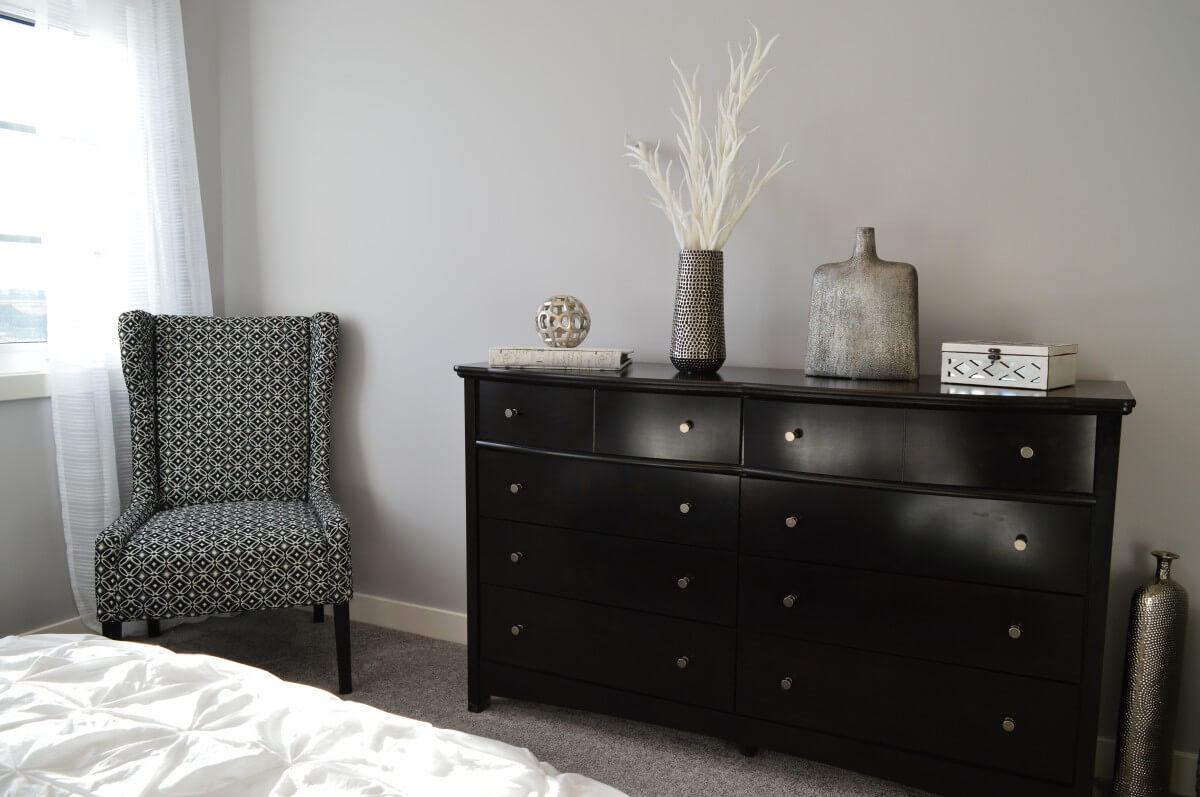
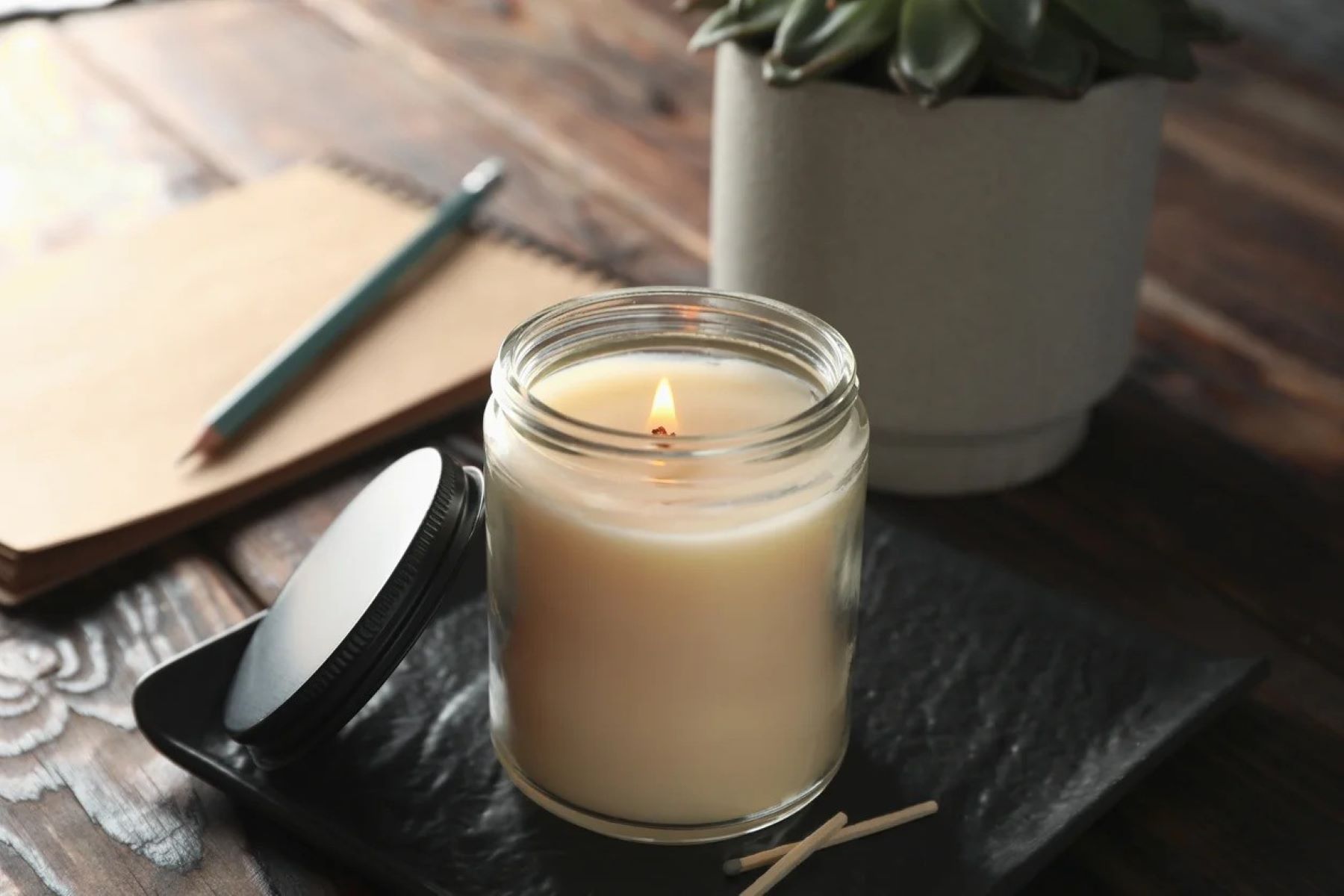
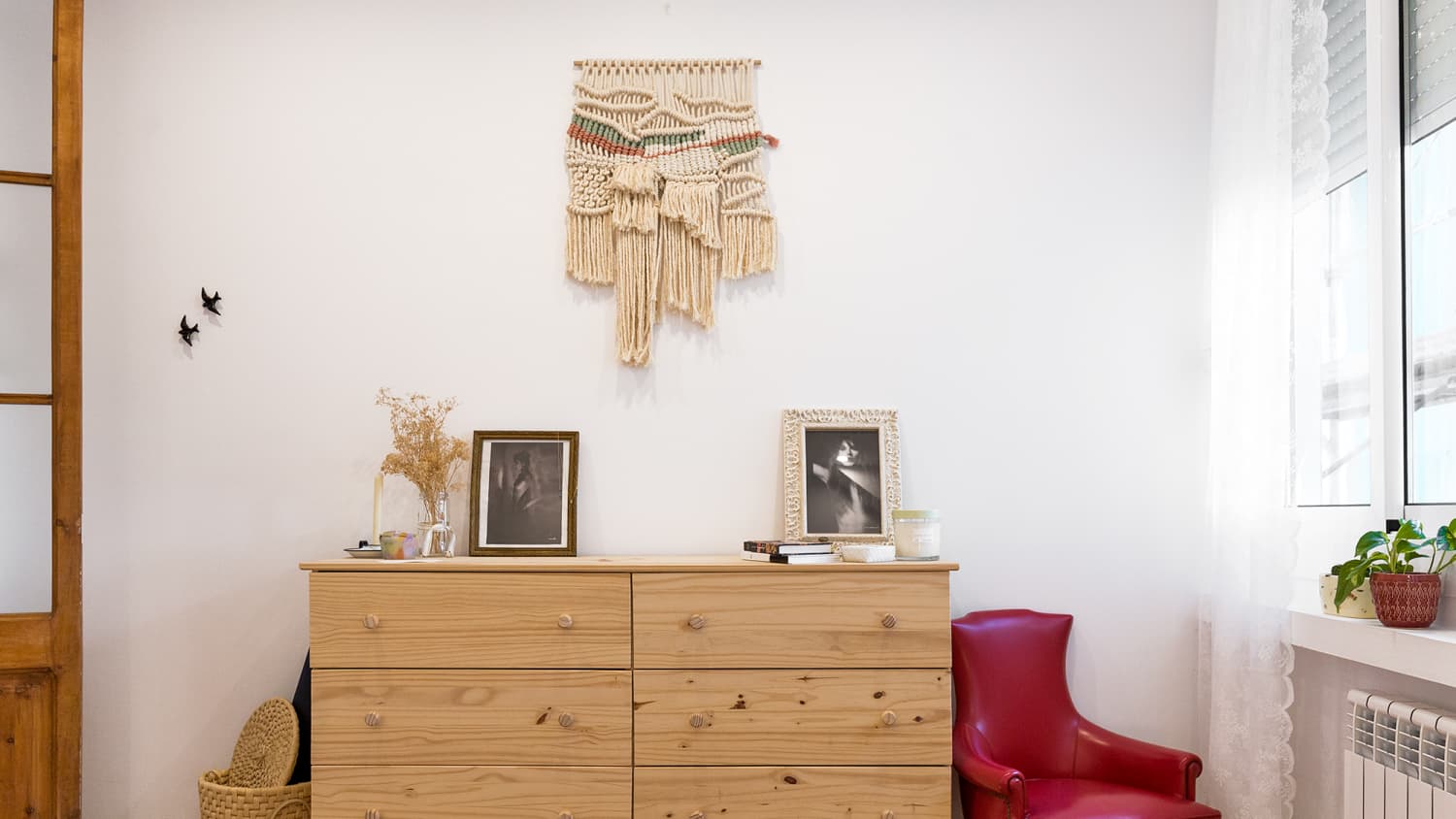
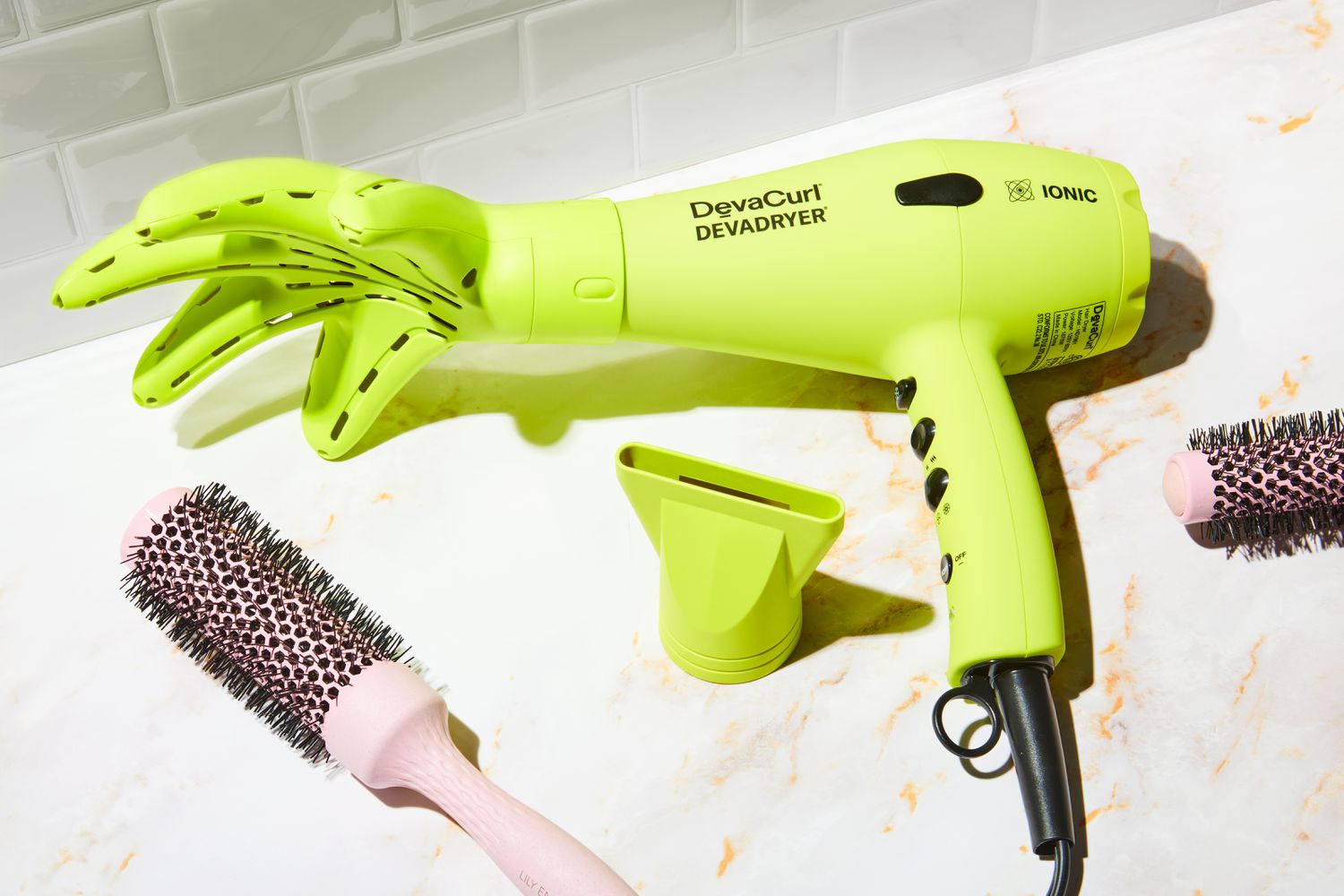
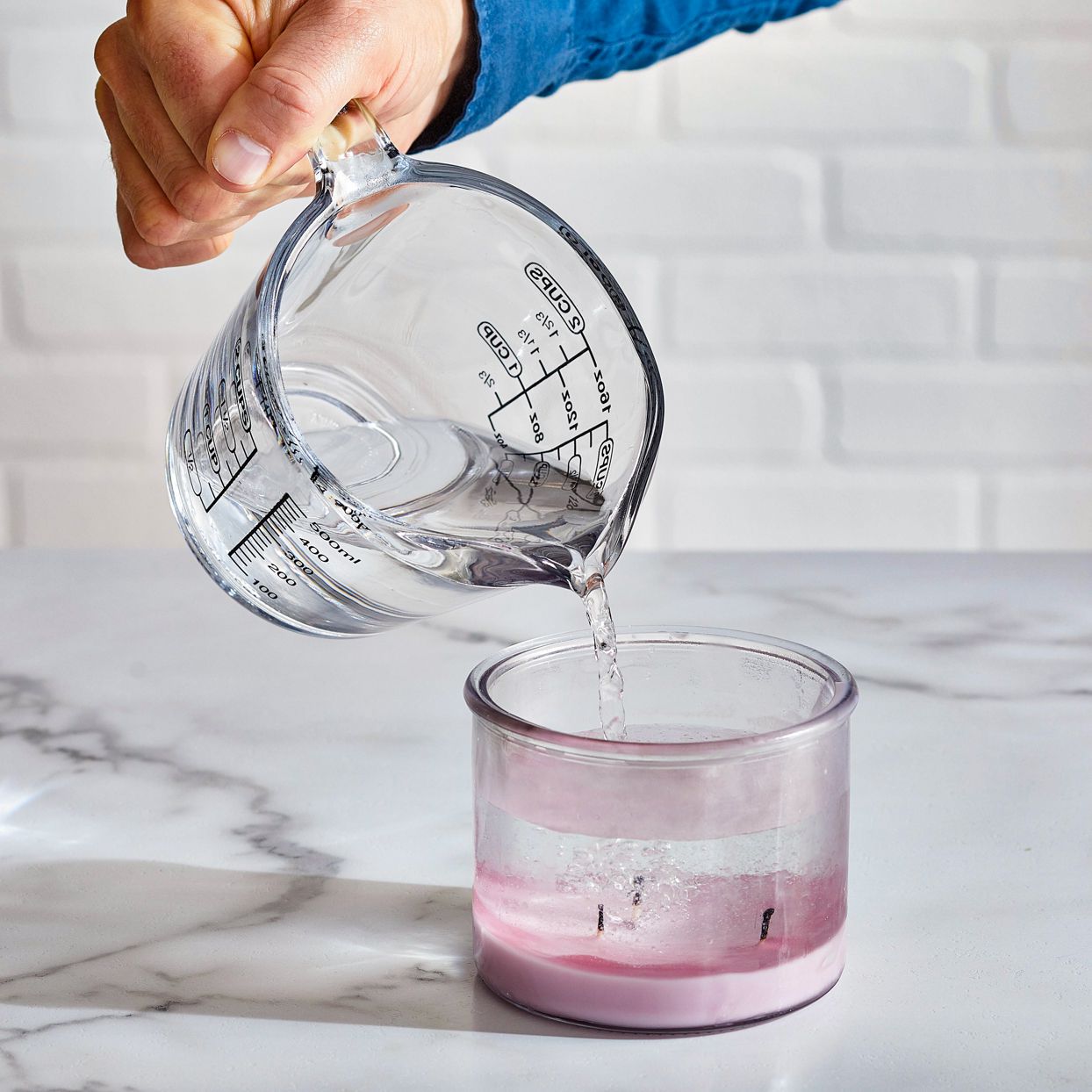

0 thoughts on “How To Get Wax Off A Dresser”